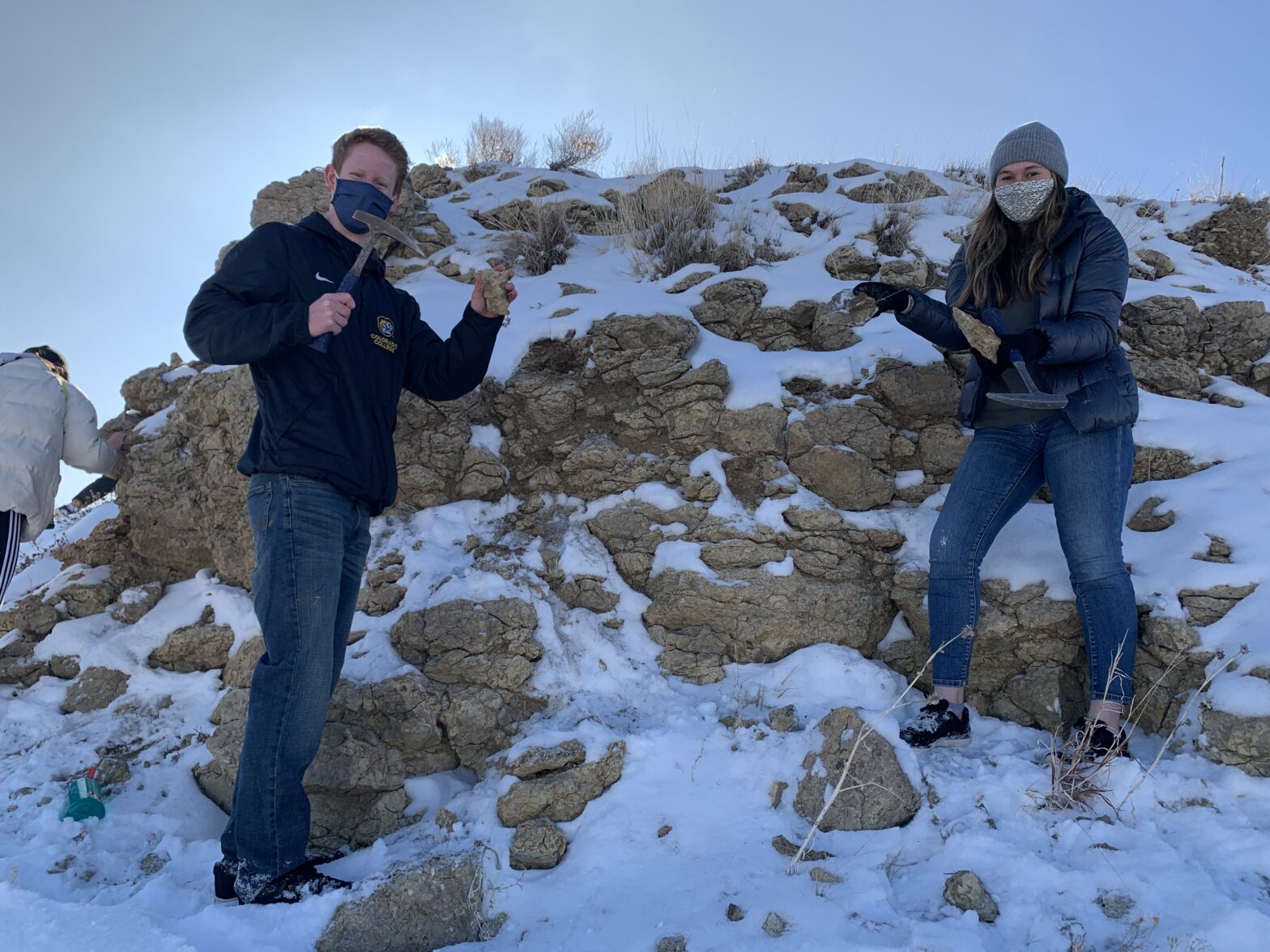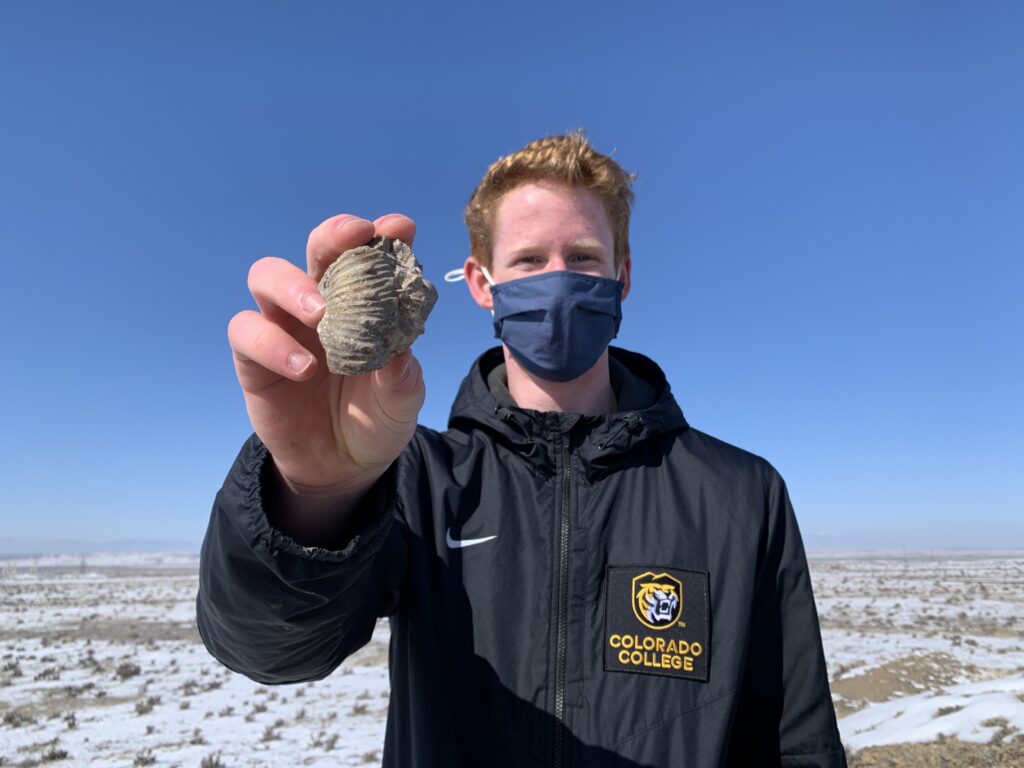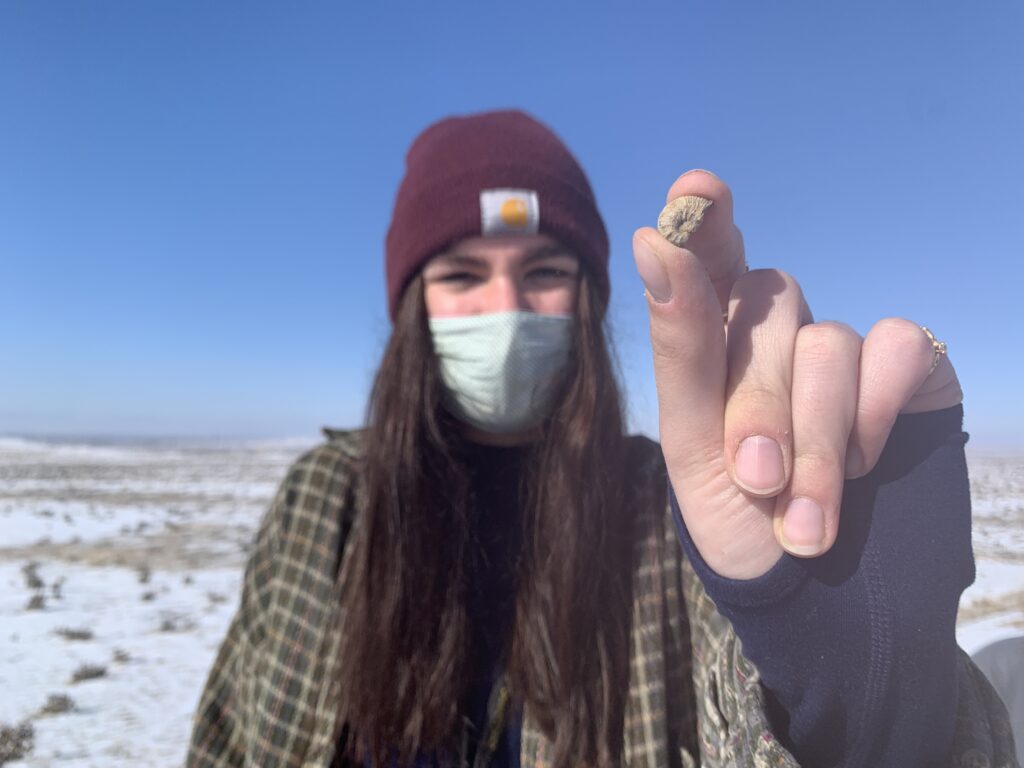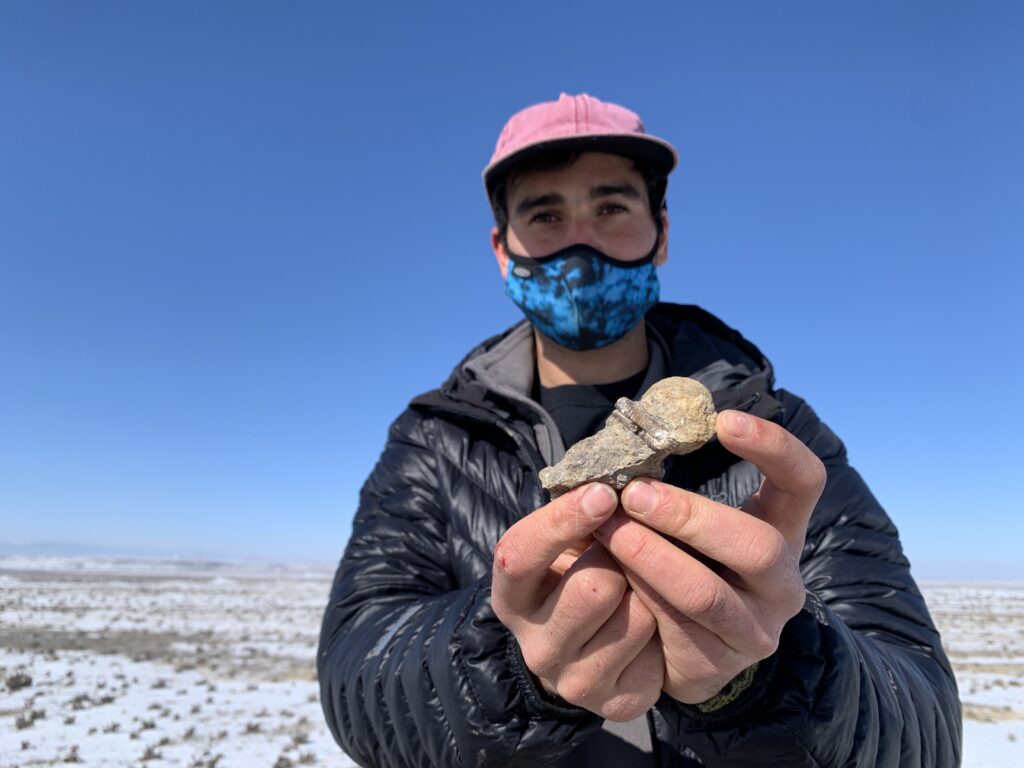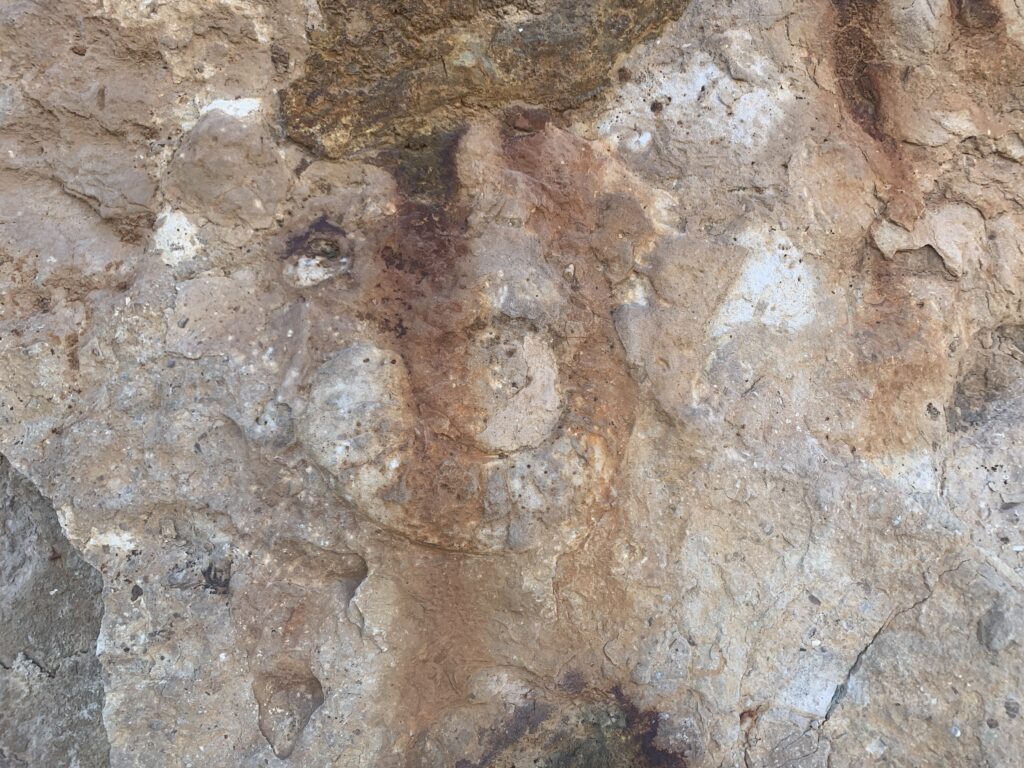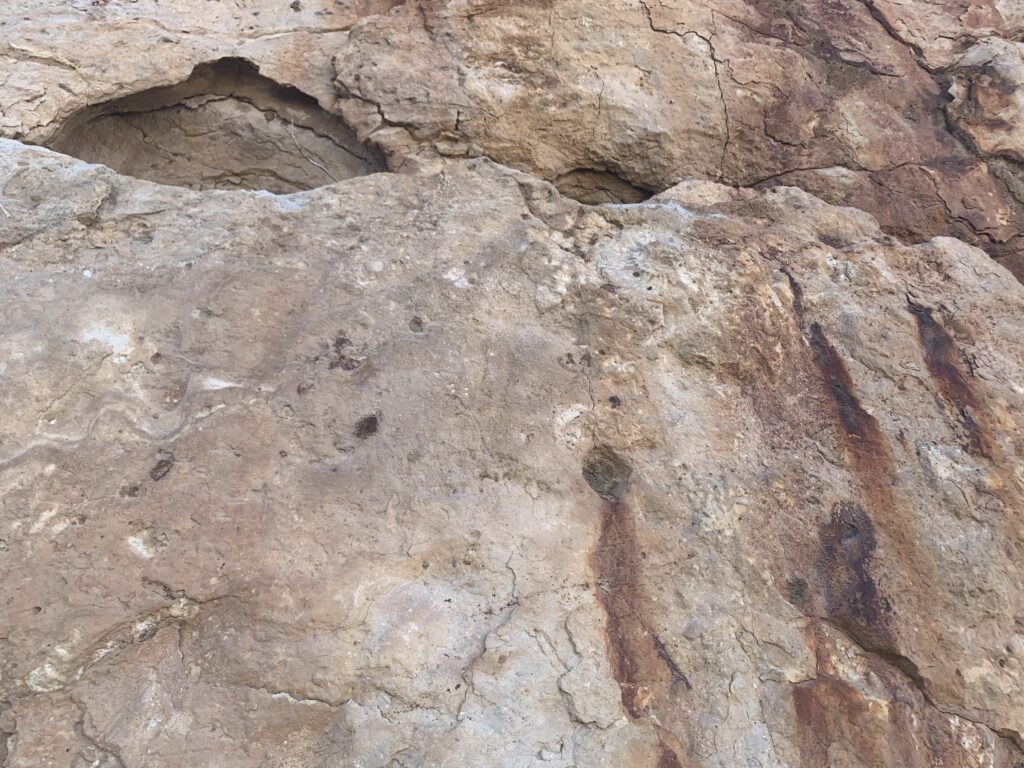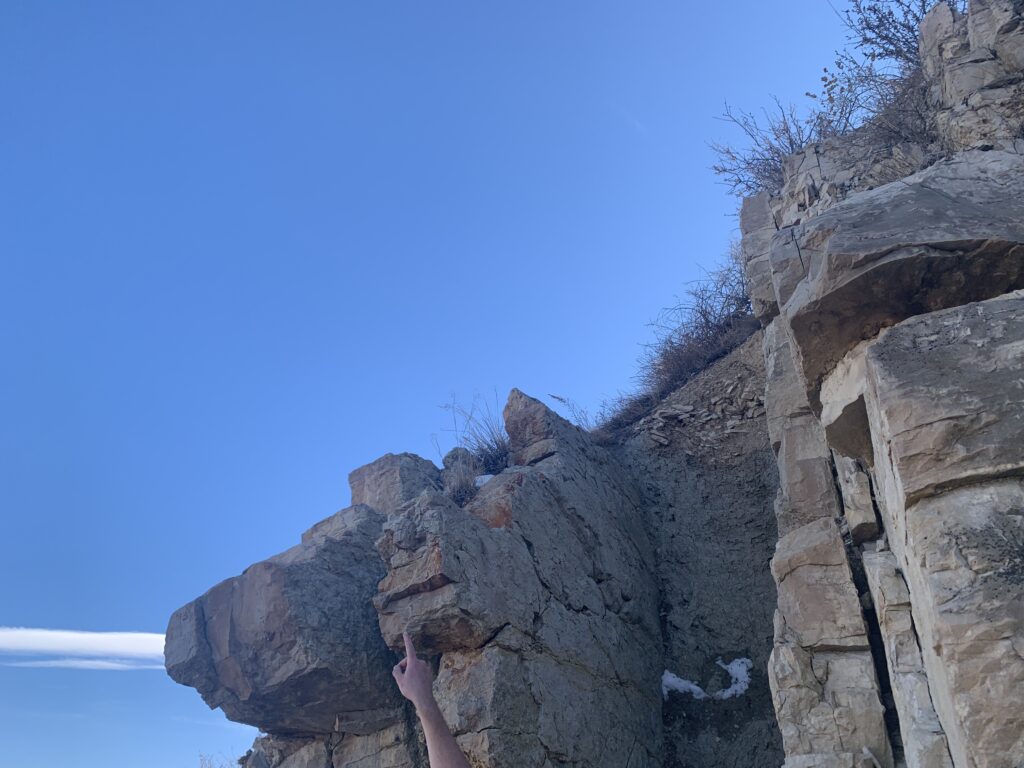At 8:00 am on Friday I boarded one of CC’s coach buses, feeling a sense of excitement I probably last felt in middle school—we were going on a field trip!
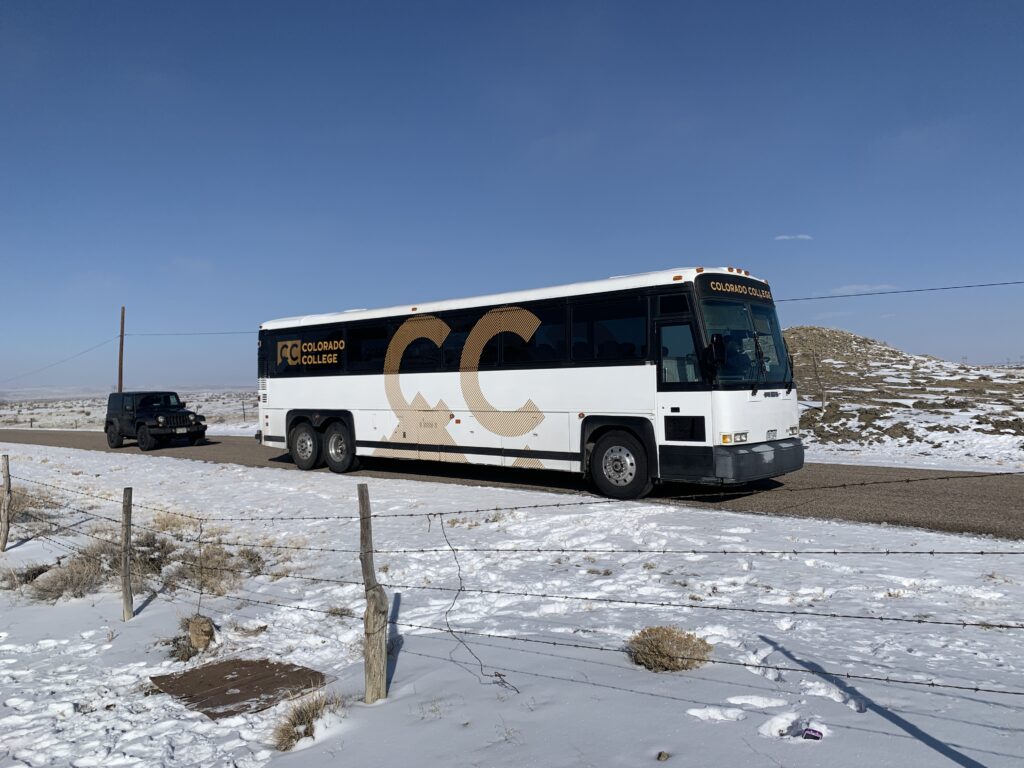
This field trip had actually been scheduled for the end of second week, but a COVID-19 scare disrupted our class schedule. Read more about how three of my peers were placed into quarantine due to a “computer glitch” (read: human error) in Isaac Yee’s Catalyst article. We rescheduled the trip for the beginning of third week, but freezing weather from Valentine’s Day weekend carried over as the week began, and we rescheduled again for the end of the week.
To adhere to social distancing guidelines, the class was split into two groups, with one group attending the field trip in the morning and one in the afternoon. Since each group contained only a small number of people, we had more than enough space to social distance for the drive. We all wore masks for the entire duration of the trip.
The details of the field trip were mostly unknown to myself and my peers until we arrived at the site. Even on our way, Paul’s only clue was that we had an hour’s drive ahead of us. When we arrived, the scene in front of us was puzzling: mostly empty except for some odd mounds (seemingly) randomly spread out across the vast space. Snow covered most of this mysterious landscape. Why did Paul bring us here?
As we exited the bus, Paul requested that someone “bring out the bucket of hammers.” I was slightly perplexed—what were we going to do with those hammers? Geology majors may not find the answer surprising: we were looking for fossils! Slowly, we all grabbed (very sharp) hammers and tentatively began hammering away at the closest mound.
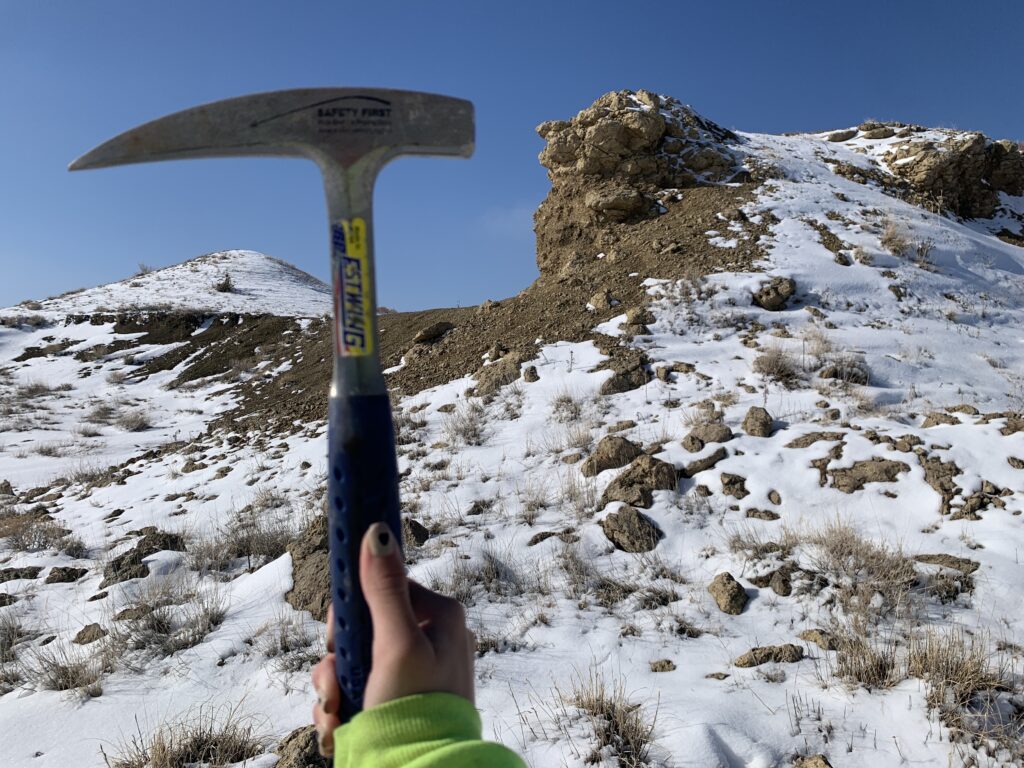
For the next hour or so, the mounds were surrounded by sounds of hammers pinging off of rocks and gasps of excitement upon spotting something interesting. As students tried their hand at hammering, Paul circled the group to answer questions and tell us more about what we were finding.
After a couple of hours, we gathered as a group to discuss what we had found and what it could mean. There were no signs at the site of the trip—we might as well have been in the middle of nowhere—so our only clues were what we had learned in class and what we found in the mounds. In groups of three we talked about our findings: bivalves (such as clams) and ammonites! We knew that these kinds of life are found at the bottom of the ocean, but after accepting the idea of Colorado’s oceanic past, we were still left with questions: why were there mounds, and how did the mounds sustain life?
The answer involved a bit of knowledge about Colorado’s geological history and a general grasp of some chemistry. Long ago, two tectonic plates converged, creating a pile of rock that we now call the Rocky Mountains. These two plates were the Pacific plate and the North American plate.
When this process occurred, the North American plate cracked laterally, and seawater trickled down into the Earth’s crust, heating up and absorbing chemicals like sulfide and magnesium. After getting hot enough, this water shot back up through hydrothermal vents, and interacted with the cold, oxygen-rich water that characterizes deeper parts of the ocean.
As a result of this interaction, metal oxides such as iron sulfide formed, and the areas near the hydrothermal vents became rich with chemicals that are prized by chemosynthetic organisms. These organisms, such as the bivalves and ammonites we discovered, were drawn to these chemical-rich areas and over time, remnants of them were preserved in mounds along the ocean floor.
The bus ride back was quiet. The morning had been thrilling, and though it was not yet noon, I think we were all ready for a nap. For myself and other first-years, this was our first field experience at CC, a fleeting glimpse of how learning can look with the flexibility of the Block Plan. For my older peers, it may have been a bittersweet reminder of pre-pandemic CC.
Miraculously, this trip was not our only learning experience on the field! On Tuesday of fourth week, we went on one final adventure: to the Red Rocks Canyon Open Space. There, we visited three sites. Our first stop was by an outcropping of rock. Using little hand lenses, we observed tiny grains in the rock, which led us to conclude that we were looking at sandstone. We also noticed ripple patterns on the surface, which could only be formed by currents or shallow waves—this must have been near a beach at some point!
Our second site was a short walk from the first site, in a westward direction. When we had first arrived, we discussed where the oldest and youngest rocks were in the area, concluding that the youngest ones were to the east. This kind of information is helpful because it means that if we start at the east, we can draw conclusions about more recent geological happenings, and if we continue west, we can figure out older geological stories—all by looking at composition and formation of rocks!
At the second site, which was older than the first site, we examined rock that was lithified clay. Rock of this nature has super tiny particles, so it would feel extremely smooth compared to grainier sandstone. The color of the clay was very dark, which led us to conclude that at this geological time period, the area had been deep water; the dark clay was evidence of long ago deep sea life that had become lithified.
The third site was the oldest one we looked at, and it was sandstone like the first. This initially confused me, but I learned that there were two different time periods in which the area had shallow water and a beach. Finding sandstone at the third site meant that initially, this area had shallow water and a beach. Then, as the ocean expanded eastward, perhaps ending with a beach somewhere in the midwest, this once-beach became deep water, as evidenced by the clay. Finally, after more time, the ocean retreated back towards the west, and this area was beach once again, as evidenced by the sandstone and ripples at the first site.
It’s amazing how much you can learn about the Earth’s past, simply by examining rocks. In-person activities are certainly a risk during a pandemic, but for geology classes, field opportunities allow for incredible first-hand observations of concepts that can be hard to understand from only a lecture or a textbook. I can’t imagine what learning will feel like in a year where COVID-19 does not restrict in-person experiences.
